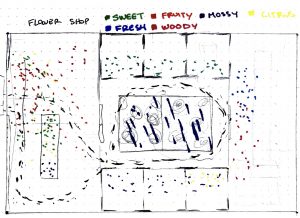
At home exercise
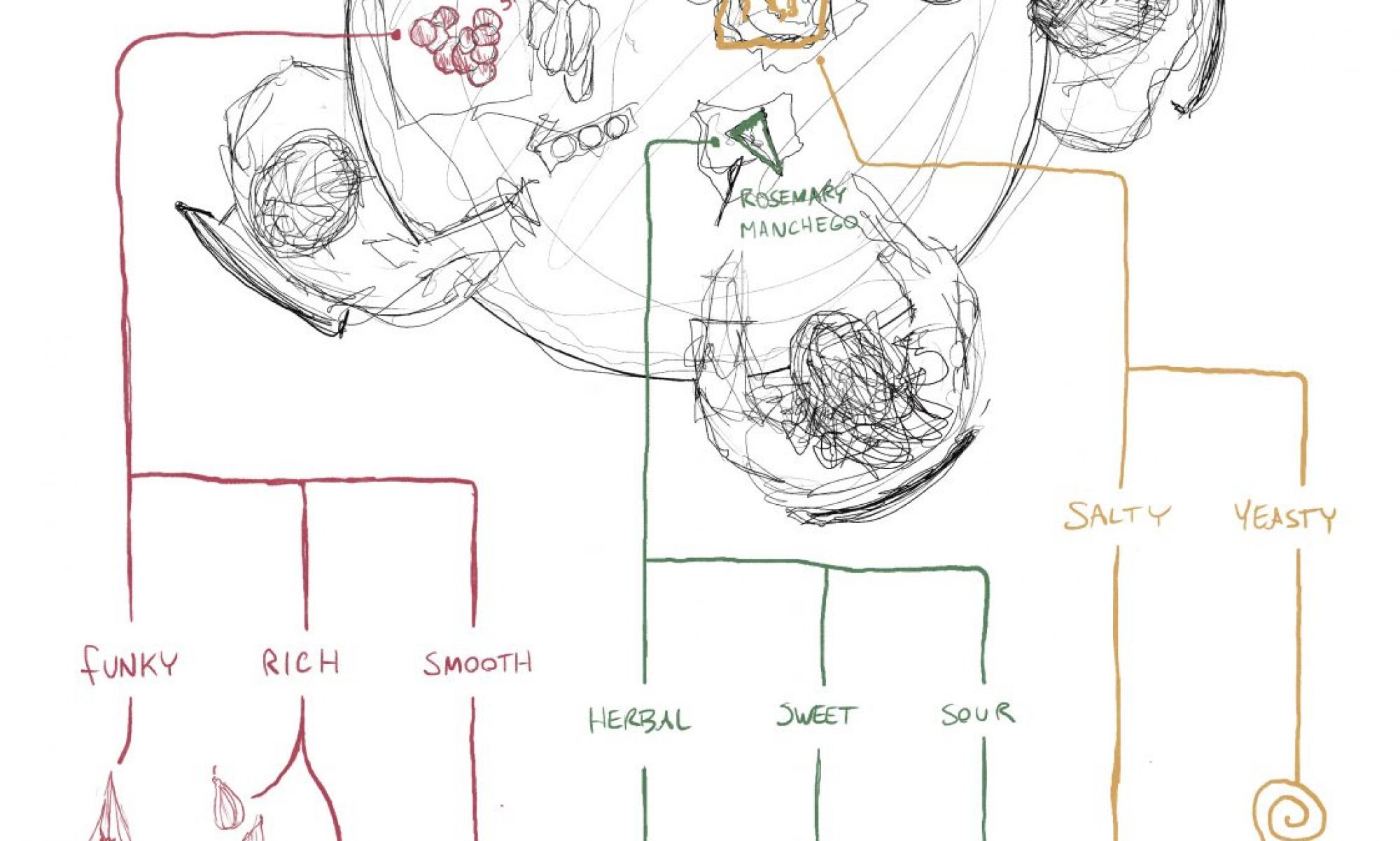
School of Architecture and Landscape Architecture, University of British Columbia

At home exercise
In class
During the walk into the woods at Stanley Park, I got up close with one of the old growth nurse logs. It had salal springing from its top, while parts of the wood were rotting closer to the ground. Overall the scent of the ground, and the decay taking place in and on it, was much more pungent than the smell of new life growing from the top.
At home
A series of photos documenting the tidal movements in coastal BC. The smell experience during a 12 hours stint at this lagoon had such a spectrum of smell. Albeit I noticed most that the rising water seemed to mute smells of low tide, and that as the temperature dropped the smells of the landscape grew faint while my own smells were much more apparent.
in class:


at home: uncle fatih’s
In Class: Absent due to family emergency.
At Home:
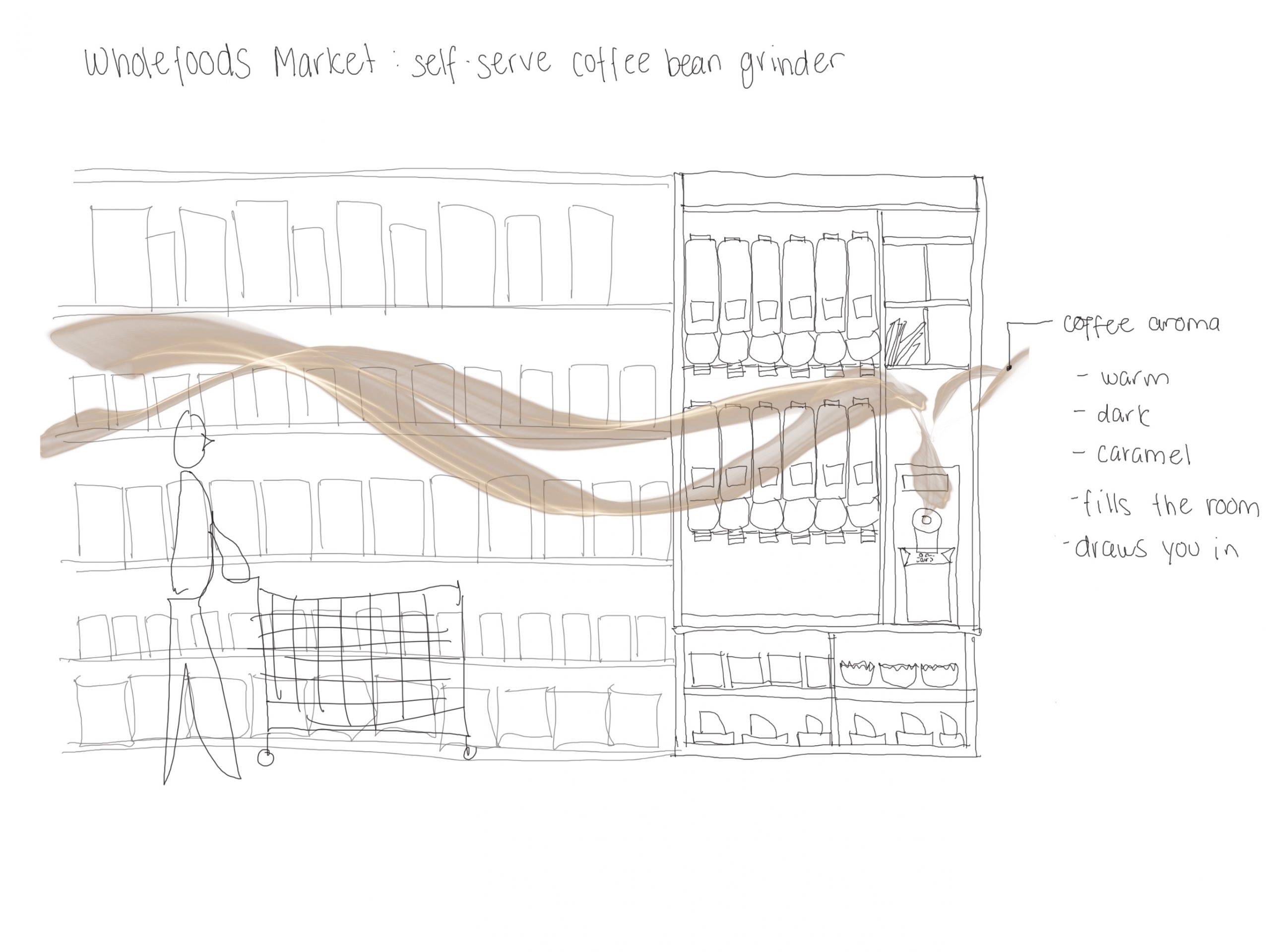
Without thinking of the assignment, I was grocery shopping and all of a sudden was hit with the smell of freshly ground coffee beans. I was immediately distracted and lost my train of thought at the warm smell that traveled through the air.
These wonderful Actaea racemosa at my parking spot smelled like synthetic grape, one of the strongest pockets of smells on this cool, overcast autumn day. I could smell it from five full paces away.


When i got to the beach, I wanted to investigate the mixing of the sea rocks, which had a briny, faintly fishy smell, the woody debris which had the musky, warm scent of decomposing conifers, and the cold, and slightly floral scent coming off of the granite seawall.


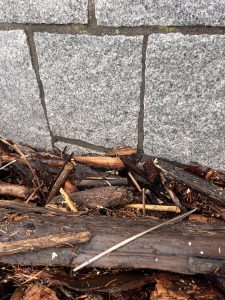
So I drew what I smelled in section with oil pastel and then used my finger to imply the directionality of the mixing airflows.
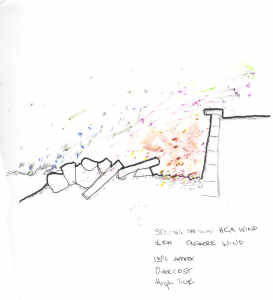
Then I noticed hippo was checking out a stump. Inspired by the warm spicey musk of the wood I had just smelled, I went to sniff what Hippo was sniffing and see the world in his way. Turns out it wasn’t wood he was smelling, it was definitely urine. Tangy, acrid, wet, amonia with something that reminded me of turned meat.
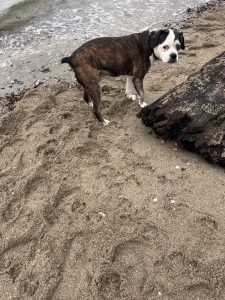

We stopped by a memorial, where I noted that the airflow of the space created a microclimate in which visitors could smell each other. As empathy is partially transmitted through body odor ( see de Groot, Jasper H. B., et al. “On the Communicative Function of Body Odors: A Theoretical Integration and Review.” Perspectives on Psychological Science, vol. 12, no. 2, 2017, pp. 306–24. JSTOR, https://www.jstor.org/stable/48591546. ) I thought this was a clever design move activating the vegetation and topography to this end.

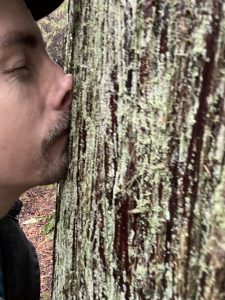
I also tried smelling a tree to track the decay of scent over time. I wanted to try visuallizing in quanta the preceptual experience. I find this method maybe less evocative than the impressionistic approach.
In class
Walking through Stanley Park, the potent smell of rainforest- of living, dead and the in between was immediately apparent. Sensorially, I have come to associate colour with smell and olfactory experience and this is demonstrated below.

Standing at the shores of the waterfront, the biting cold drowned out majority of the typical seaside scents. My sensory experience was therefore more reliant on the visual and the auditory and consequently, on memorial associations.
At home
Walking down the steps of the Walter C. Koerner library to the underground levels, I am hit suddenly with the intense, overwhelming, and rank smell of decay.
Rats.
It smells like dead rats.
My memory is immediately cast back to a horrible time in my first home where the effective counter to a singular mouse invasion resulted in the intense, overwhelming, and rank smell of the dead rodent emanating from an old, unused storage closet.
Ew.
Unpleasant does not even capture the essence of the stench. It is loud and towering. It engulfs the entire staircase in a stifling hug; everywhere at once, such that one cannot tell its source; the concrete walls? The staircase? The ceiling?
Forest-green, grey-black and piss-yellow- my brain visualizes the scent, painting an image of disgust- of rotting. A putrid fragrance. There are no top notes, no mid notes, no base notes. The smell is all-encompassing and circular: a lingering bitterness, a sickly sweetness, methane, sulfur dioxide.
I close my mouth firmly; a precaution so I do not taste the smell in all its overwhelming glory.
That animal- whatever it is, is at least a week dead. The urge to descend speedily in order to escape this cloud is stronger than ever. I walk faster, finally arriving in the old basement and sliding myself in between the bookshelves. The air is not fresh, but at least the scent of death is gone.